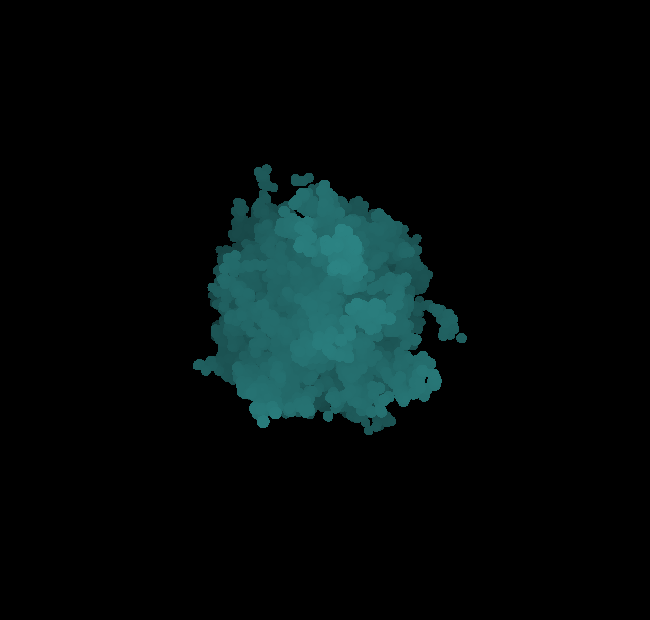We work on uncovering the physical principles that underlie how proteins and nucleic acids are organized in space and time within cells. This work has a strong focus on macromolecular phase transitions. We also work on uncovering sequence-ensemble-function relationships of intrinsically disordered proteins (IDPs). Both foci are driven by innovations in computations and theory that leverage advances in machine learning, and we combine these with experiments in vitro and in cells. The work we do on biomolecular condensates and IDPs, while foundational in nature, has direct relevance to the etiology of cancers and neurodegeneration. Through collaborations we are making a direct impact on advancing our understanding of disease processes connected to aberrant phase transitions. We also have long-standing interests in designing IDPs for novel synthetic biology and bioengineering applications, and our efforts also include collaborations with plant, cell, and developmental biologists. We are an integral part of the Center for Biomolecular Condensates at WashU.
Our motto as a lab is simple: We are relentless in our pursuit of excellence through curiosity, creativity, and pushing ourselves to the limits of our individual and collective abilities.

PIMMS based simulations showing the organization of disordered low complexity domains within a phase separated droplet
(Courtesy of Dr. Alex S. Holehouse)
Our overarching goal is to discover the physical principles underlying spatial and temporal organization of proteins and nucleic acids within cells and to understand how mis-regulation of protein phase separation and aggregation give rise to neurodegenerative diseases such as Huntington’s disease and ALS. Conceptually, we are interested in the physics of living systems that connects information encoded in molecular matter via spontaneous and driven processes to understand how information encoding gives rise to mesoscale control that leads to a living cell. Specific foci include the form and functions of intrinsically disordered proteins, biomolecular phase transitions, and the principles of molecular recognition. Our discoveries are driven by development, adaptation, and deployment of theoretical, computational, and experimental tools from the fields of polymer physics, equilibrium and non-equilibrium statistical physics, biochemistry, and molecular engineering. We wear two hats - those of biophysicists and of engineers. And as engineers, we leverage fundamental insights to pave the way for finding cures for neurodegenerative disorders and pursue applications in materials science and synthetic biology.
Relevant diseases: ALS; Cancers; Neurodegeneration; Metabolic Disorders.
Biophysical and Biochemical Processes of Interest: Phase Transitions of multi-macromolecular systems; Functions via conformational heterogeneity; Biochemical reactions organized and controlled by nuclear bodies.
Techniques used: Biophysical simulations both atomisic and coarse-grained; Polymer physics theories; Machine learning; Bioinformatics; In vitro and in cell biophysical experiments.
Funding: We currently receive funding from the National Science Foundation (NSF),Air Force Office of Scientific Research (AFOSR)St. Jude Children’s Research Hospital, and the National Institute for Neuronal Disorders and Stroke (NIH-NINDS). Key personnel who work with us and help with collaborative efforts are supported by the Center for Biomolecular Condensates within the James McKelvey School of Engineering at WashU.

Last updated: January 24, 2025